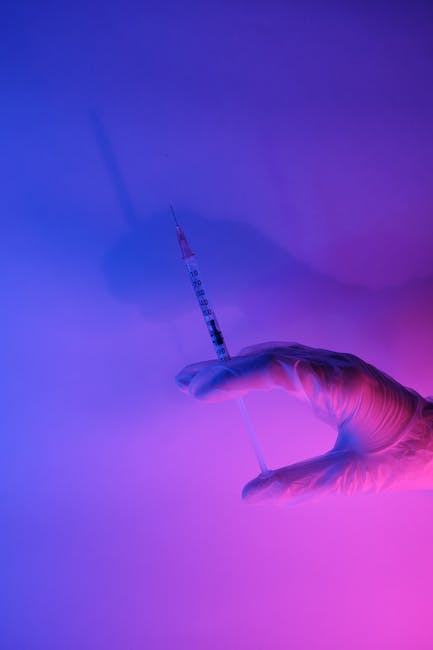Understanding the Safety and Side Effects of LED Light Therapy
LED light therapy has gained popularity in recent years as a safe and effective treatment for various skin conditions. This non-invasive procedure involves the use of specific wavelengths of light to stimulate cellular activity, promoting skin rejuvenation and healing. While LED light therapy is generally considered safe, it is crucial to understand its potential side effects and safety precautions before undergoing this treatment.
The Safety of LED Light Therapy
LED light therapy is generally regarded as a safe treatment. It is a non-thermal and non-ablative therapy, meaning it does not produce heat or damage the skin surface. Compared to other light-based treatments like lasers, LED light therapy is gentle and suitable for all skin types.
LED light therapy works by emitting different wavelengths of light that penetrate the skin at varying depths. These wavelengths stimulate cellular activity, boosting collagen and elastin production, reducing inflammation, and improving blood circulation. As a result, it can help address various skin concerns, including acne, wrinkles, sun damage, and even wound healing.
One key advantage of LED light therapy is that it does not have any downtime or recovery period. Patients can undergo the treatment and resume their daily activities immediately afterward. The procedure is painless, with patients usually experiencing a soothing and relaxing sensation during the therapy session.
Potential Side Effects
Although LED light therapy is generally safe, there are a few potential side effects to be aware of. These side effects are typically mild and short-lived, and they might vary depending on individual skin sensitivity and the specific conditions being treated.
1. Redness and Swelling:
Some patients might experience temporary redness and mild swelling in the treated area. This reaction is usually short-lived and should subside within a few hours. It is recommended to apply a cool compress or moisturizer to alleviate any discomfort.
2. Dryness and Flaking:
In certain cases, LED light therapy can cause temporary dryness or flaking of the skin. This effect is typically minor and resolves on its own. Applying a gentle moisturizer can help keep the skin hydrated and minimize any dryness or flaking.
3. Sensitivity to Light:
As LED light therapy emits concentrated light, some individuals may experience increased sensitivity to sunlight immediately after treatment. It is crucial to protect the treated skin by wearing sunscreen and avoiding direct sun exposure for at least 24-48 hours post-treatment.
4. Eye Sensitivity:
LED light therapy devices emit bright light, so it’s essential to protect the eyes during treatment. It is recommended to wear protective goggles or close the eyes while undergoing the therapy session to prevent eye strain or discomfort.
Safety Precautions
While LED light therapy is generally safe, it is essential to take some precautionary measures to ensure optimal results and minimize potential risks.
1. Consultation with a Professional:
Prior to undergoing LED light therapy, it is advisable to consult with a qualified healthcare professional or dermatologist. They can assess your skin condition, determine the most suitable treatment plan, and address any potential contraindications.
2. Avoid Active Skin Infections:
LED light therapy should not be performed on areas with active skin infections, as it may spread bacteria or exacerbate the condition. It is essential to wait for the infection to resolve before undergoing treatment.
3. Follow Treatment Guidelines:
Every individual’s skin is unique, and treatment results may vary. It is crucial to follow the recommended treatment guidelines provided by a qualified professional. Adhering to the suggested frequency and duration of treatment sessions will help achieve the best outcomes.
4. Home Treatment Devices:
While there are LED light therapy devices available for at-home use, it is recommended to exercise caution and follow the manufacturer’s instructions carefully. Seek professional advice before using any home treatment devices to ensure safety and effectiveness.
Conclusion
LED light therapy is a safe and effective treatment for various skin conditions. It offers numerous benefits, including improved collagen production, reduced inflammation, and enhanced wound healing. While potential side effects are typically mild and temporary, it is important to be aware of them. By taking proper safety precautions and consulting with a professional, you can safely undergo LED light therapy and enjoy its remarkable skin rejuvenation effects.






